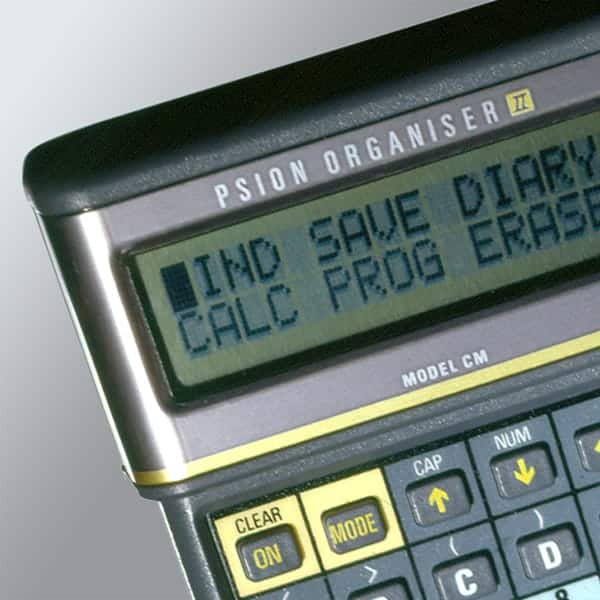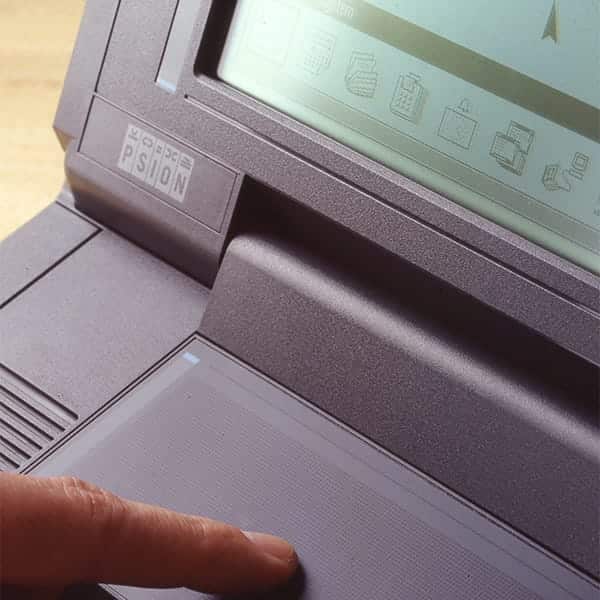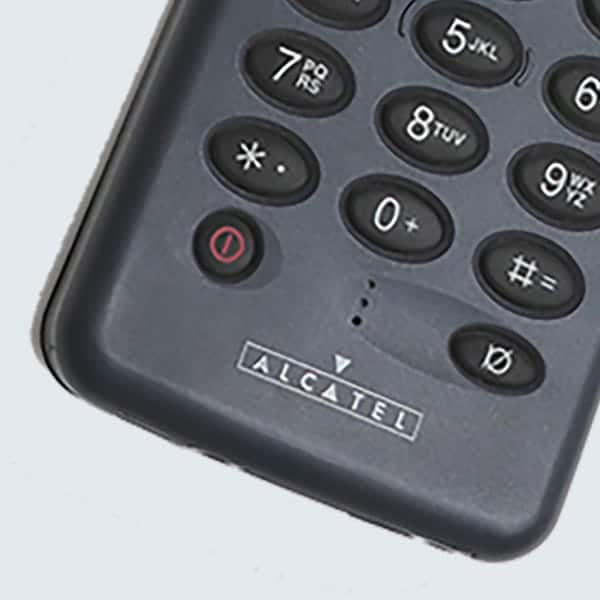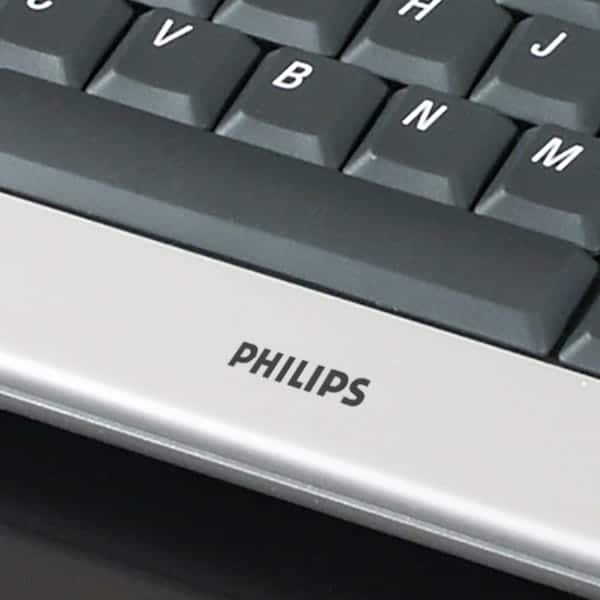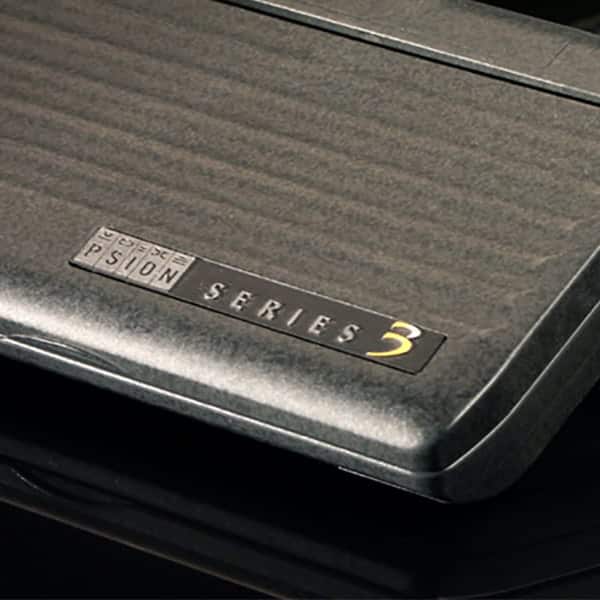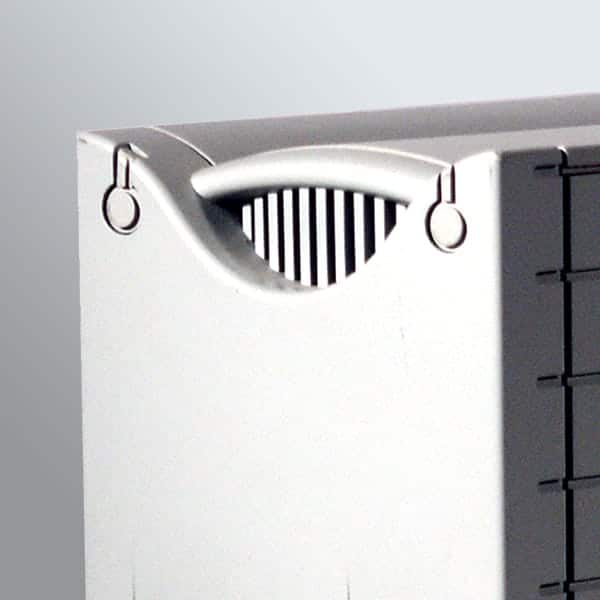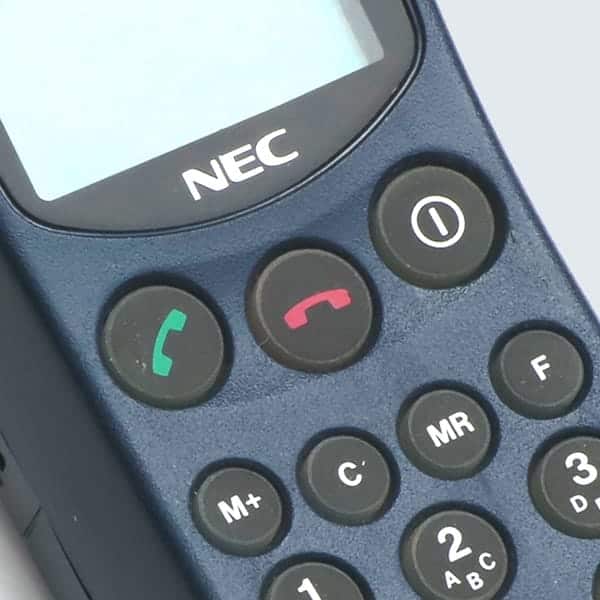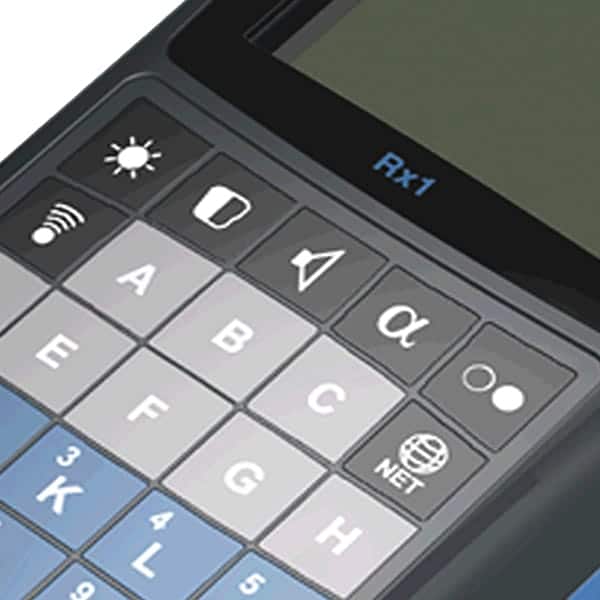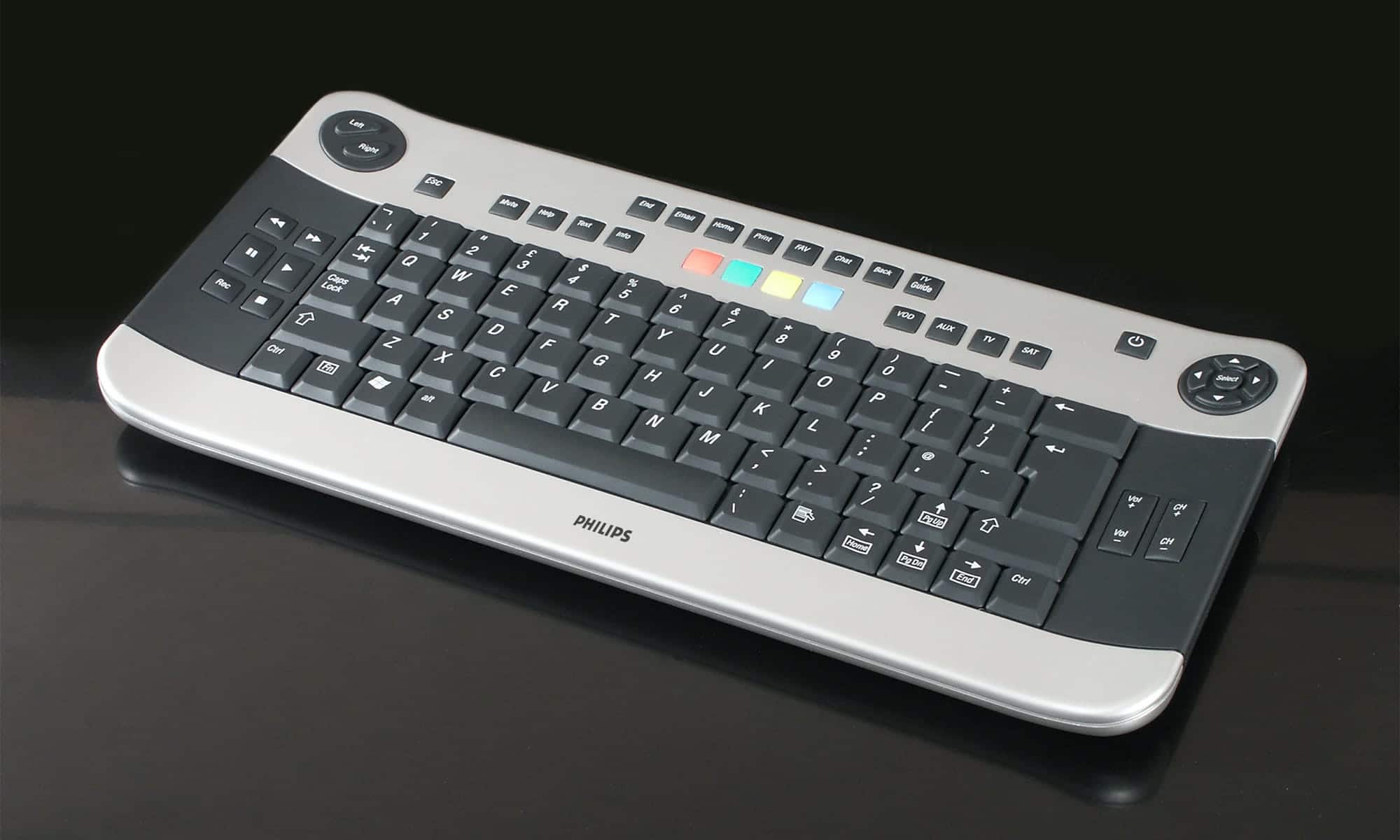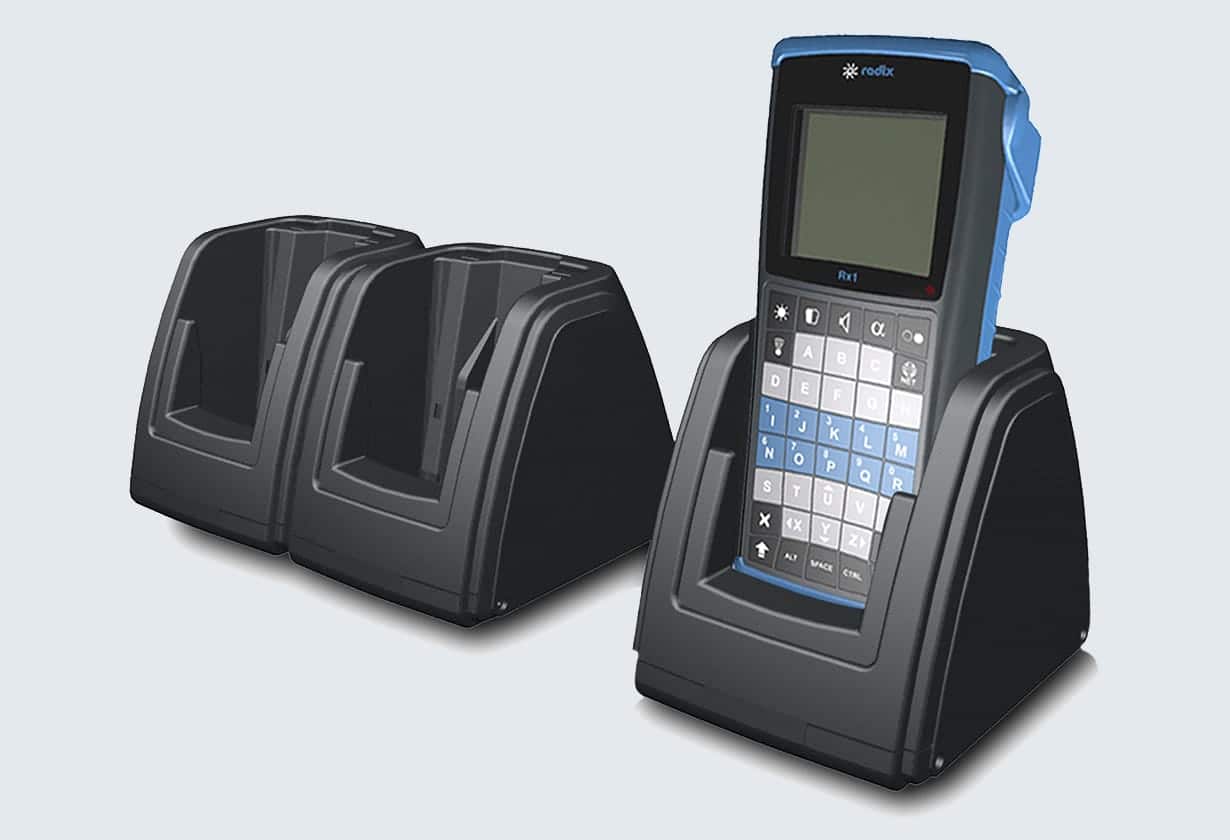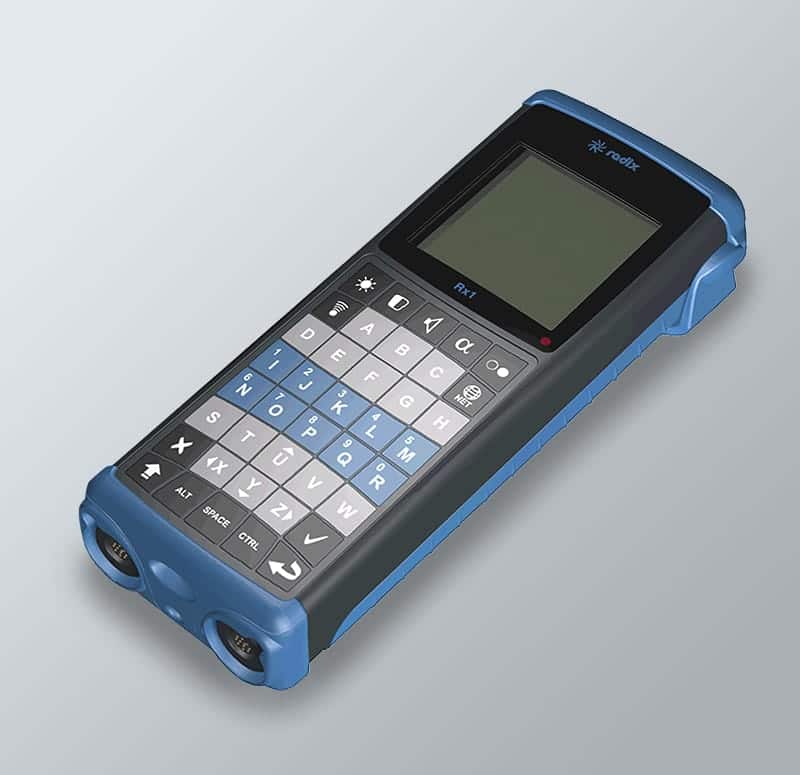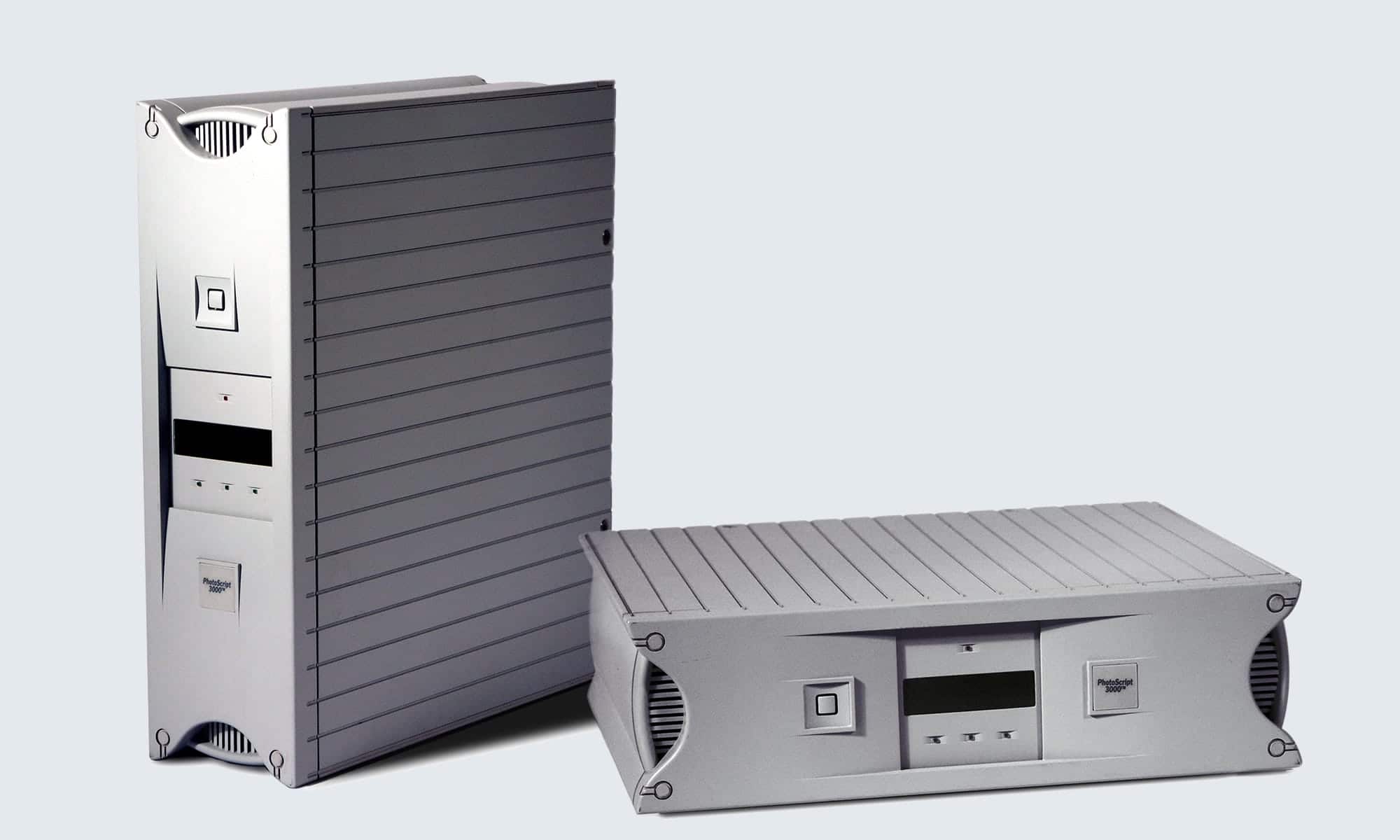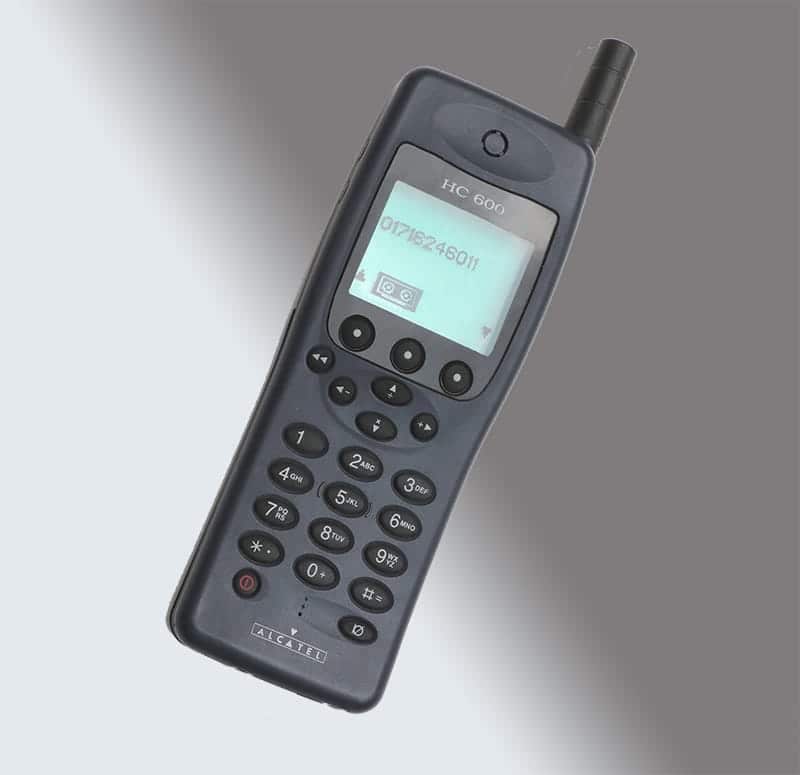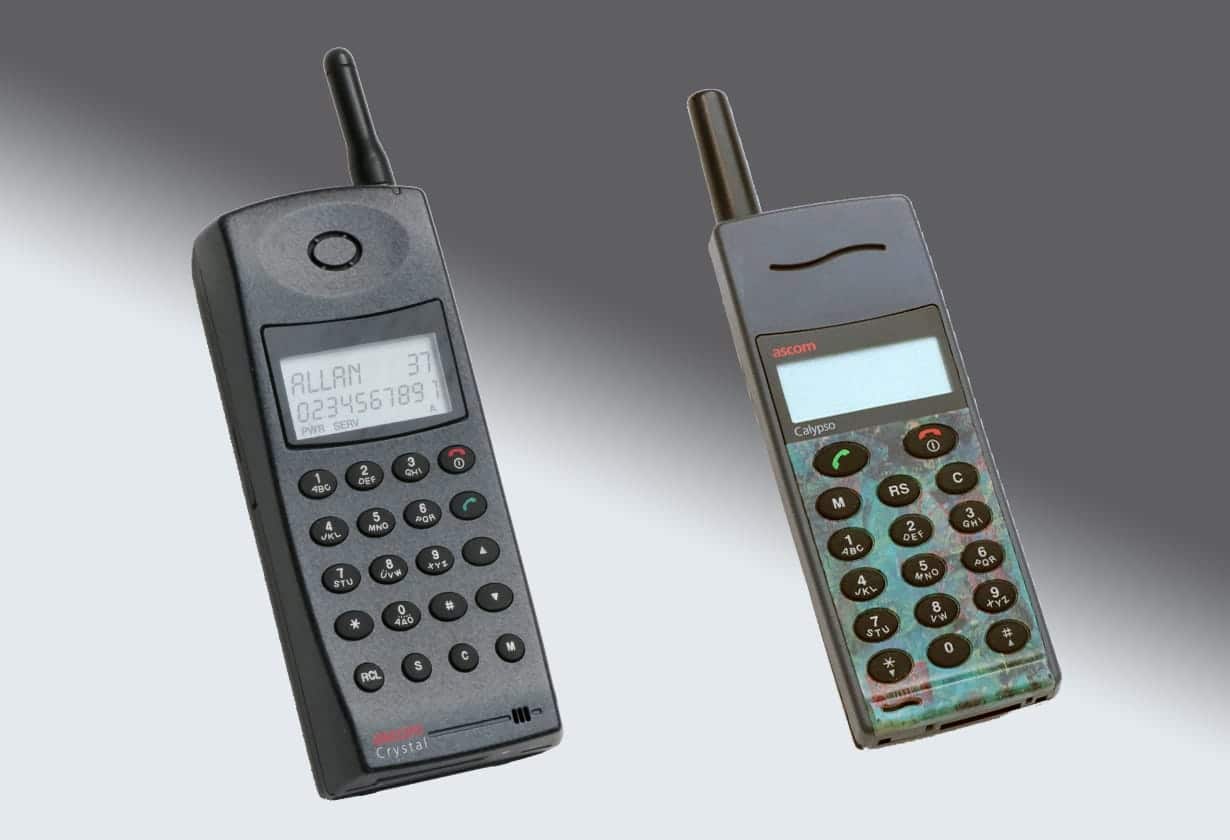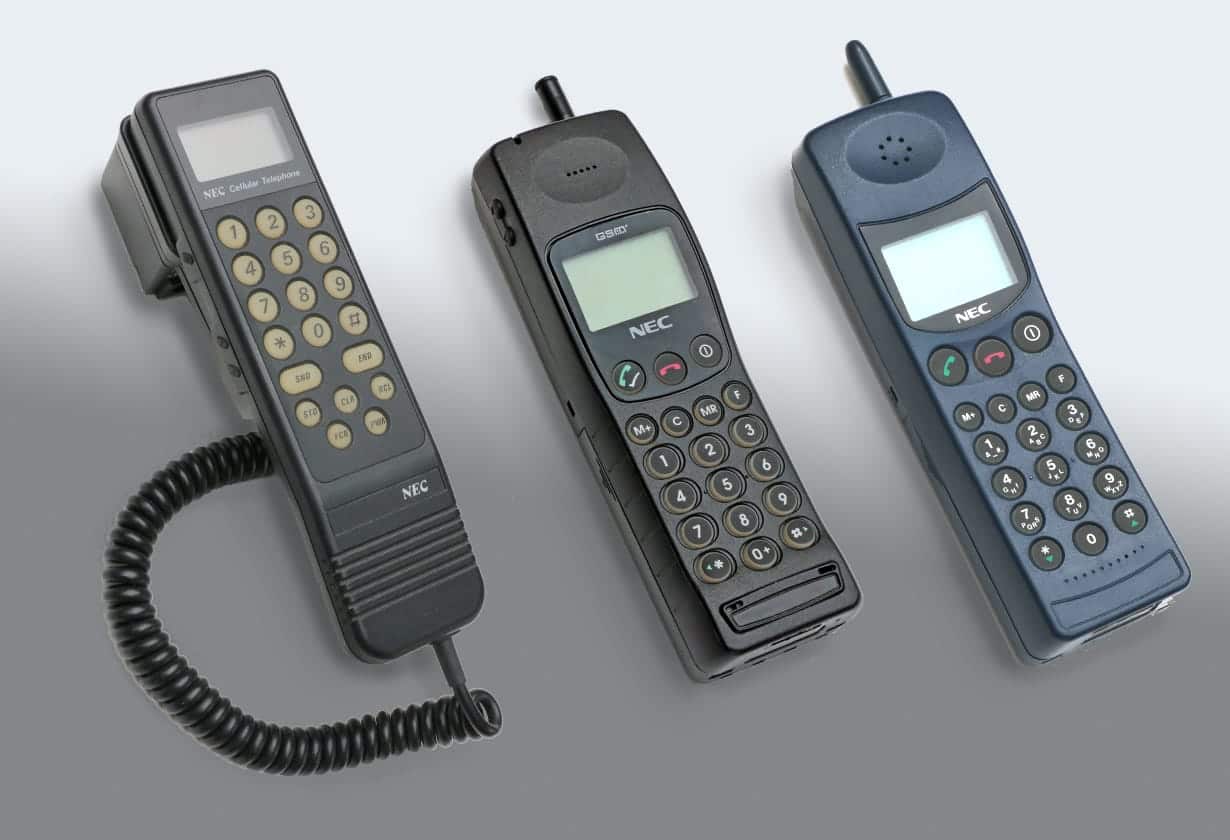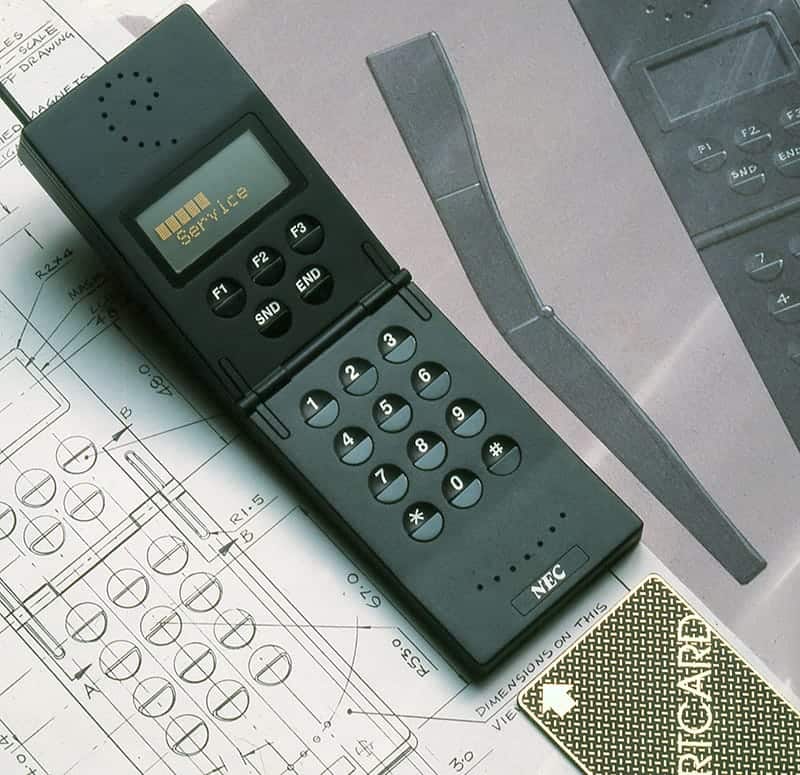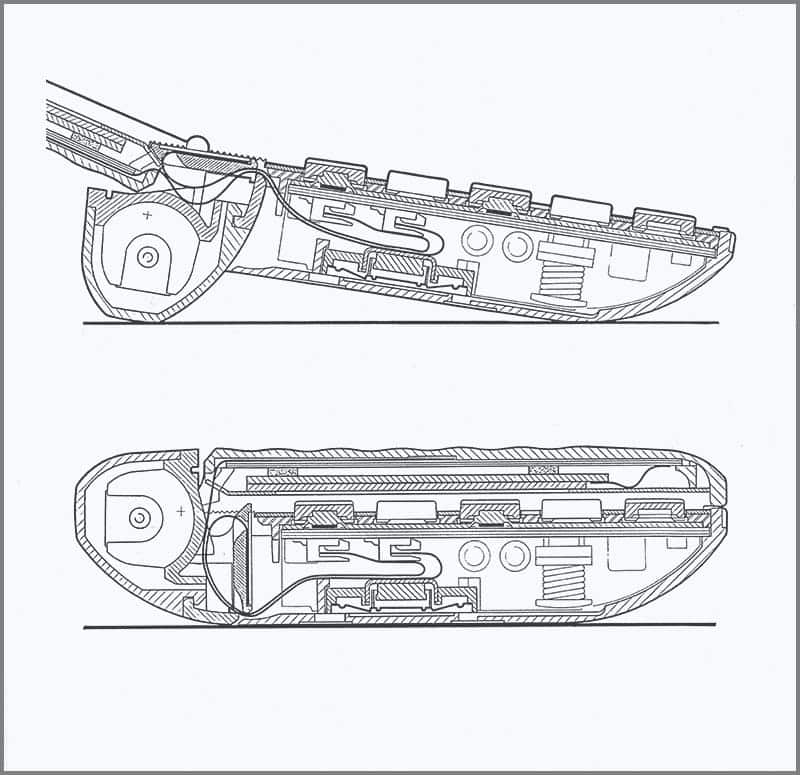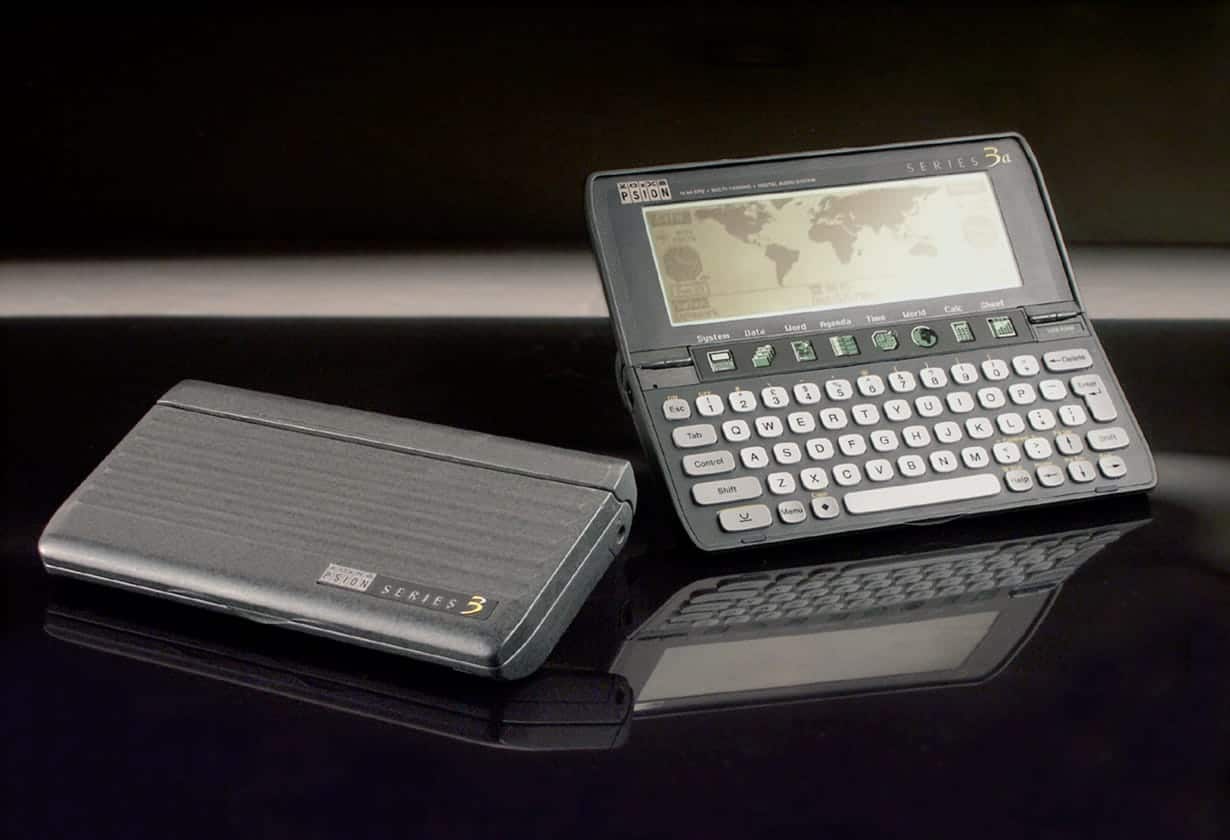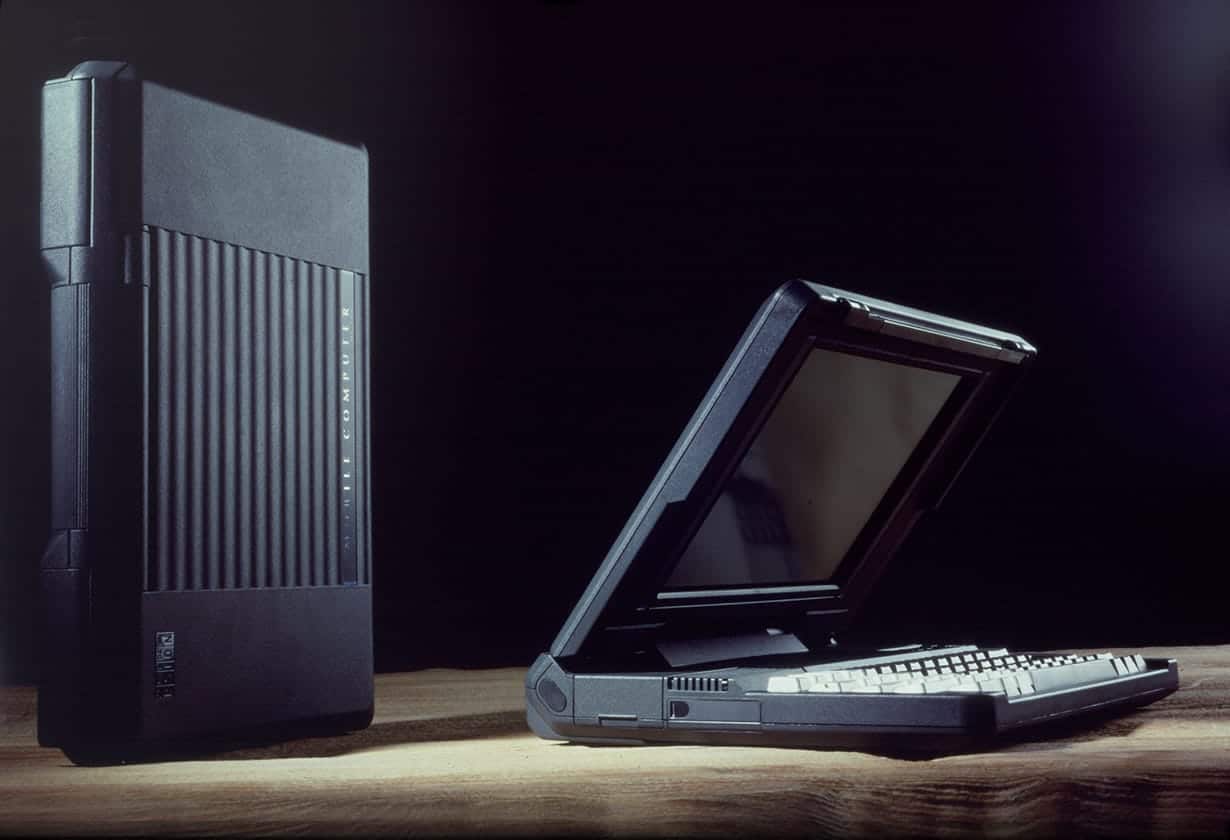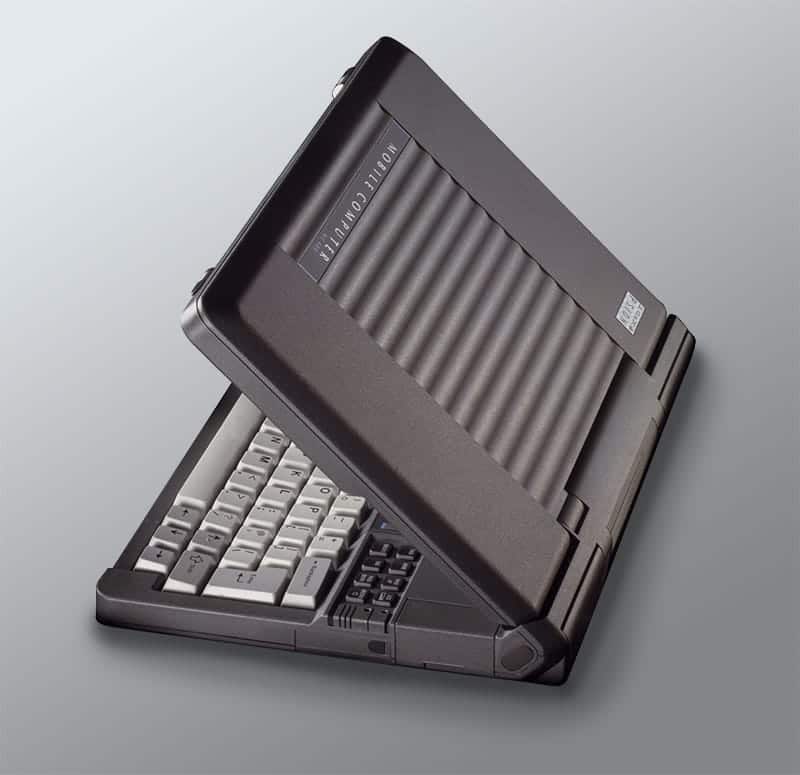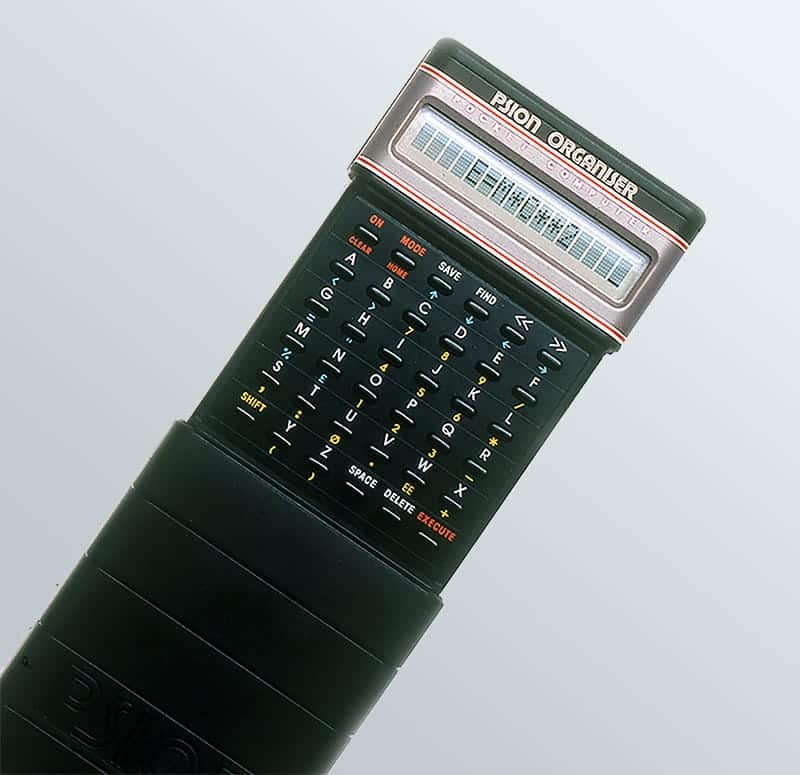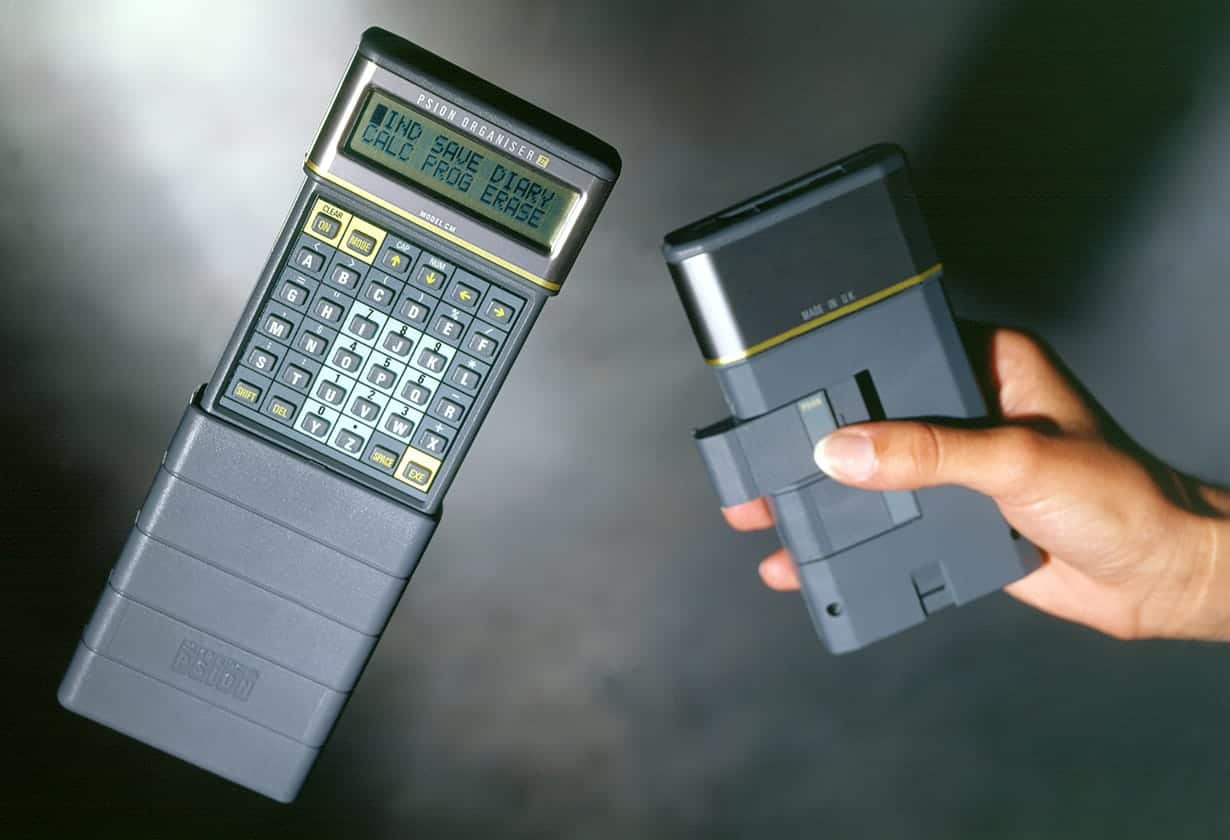Computer & Telecoms
designed for technology
The market for consumer electronics is a fast moving business with intense global competition for the companies and brands that succeed and survive.
We worked at the forefront of early personal mobile devices with the design of pocket and mobile computers for Psion and cellular telephones and pagers for NEC, Ascom, Ericsson and Alcatel.
The personal smartphone is rapidly displacing the desktop computer and telephone, providing access to data anytime and anywhere, which has become essential for both business and personal users.
Only global technology and social media companies now have the resources to combine software, hardware and manufacturing, to meet the insatiable consumer demand for both leading edge technology and content.

